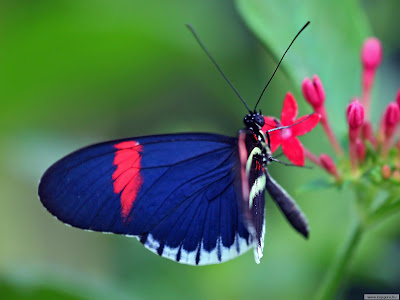National Geographic Kids

Their capability to withstand disease and survive in troublesome climates is also priceless. Goats had been probably the primary animals to be domesticated, followed carefully by sheep. In Southeast Asia, chickens additionally had been domesticated about 10,000 years ago. Later, individuals began domesticating larger animals, similar to oxen or horses, for plowing and transportation.
Though at present’s canine had been likely domesticated from gray wolves, they are now a distinct species. Dogs’ scientific name is canis lupus familiaris, whereas the scientific name for gray wolves is canis lupus. The first domesticated plants in Mesopotamia had been wheat, barley, lentils, and forms of peas. People in different elements of the world, including eastern Asia, components of Africa, and parts of North and South America, also domesticated plants.
Home to the traditional civilizations of Sumer, Assyria, and Babylonia these peoples are credited with influencing mathematics and astronomy. Use these classroom sources to assist your students develop a greater understanding of the cradle of civilization. the gathering and collection of crops, together with both plants and animals. complicated lifestyle that developed as people started to develop urban settlements. Training a horse to allow a saddle and rider requires an unlimited amount of bodily work, coaching, and persistence. Horses that are born on ranches or in stables still need to be trained, although training a younger horse is less complicated than domesticating a horse caught in the wild.

Join our group of educators and obtain the most recent data on National Geographic’s resources for … Read More




